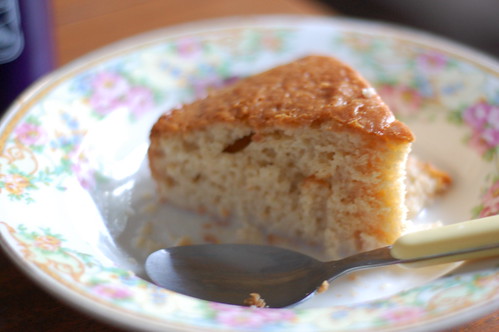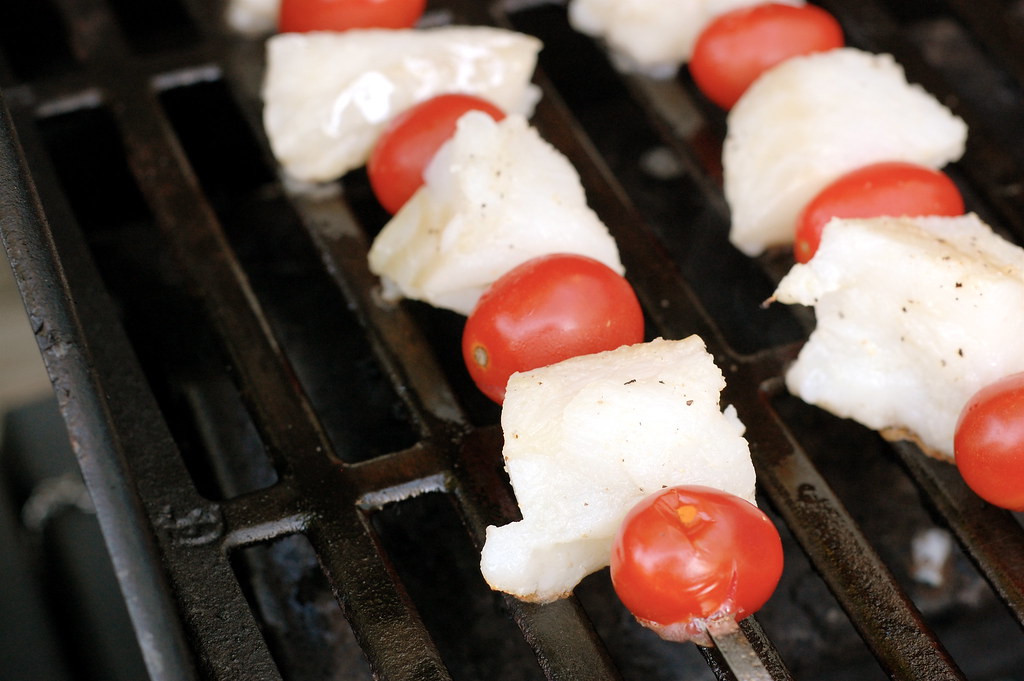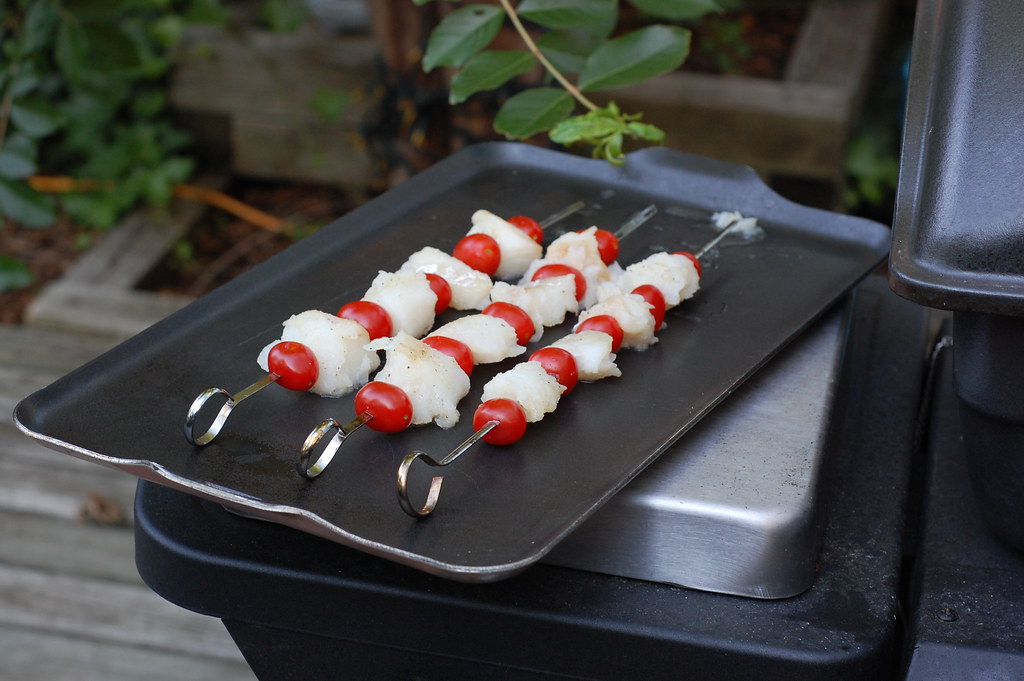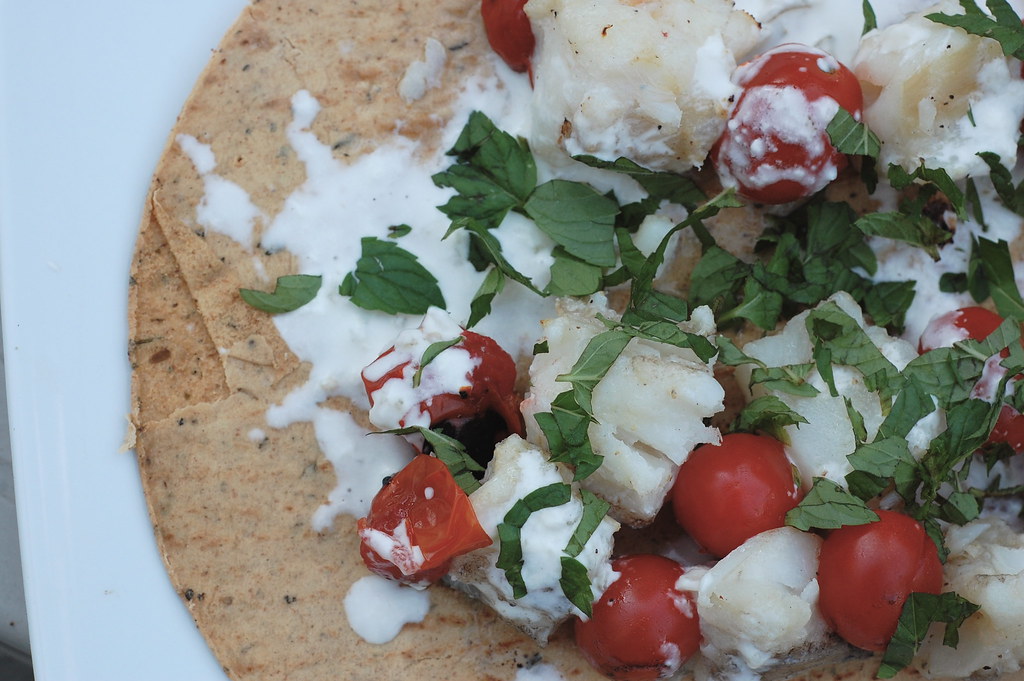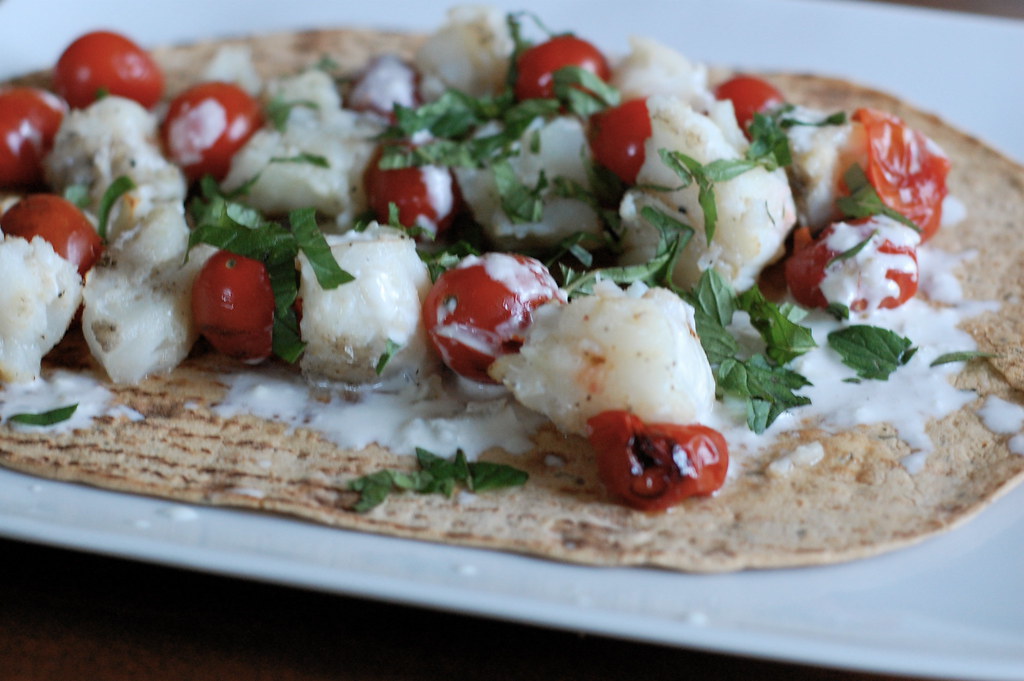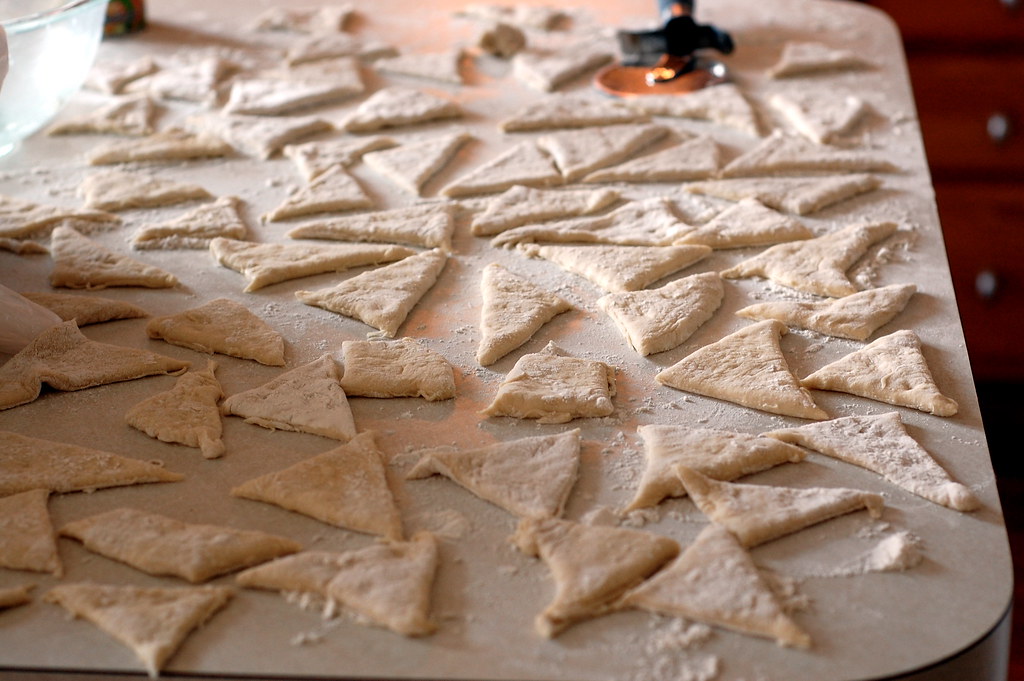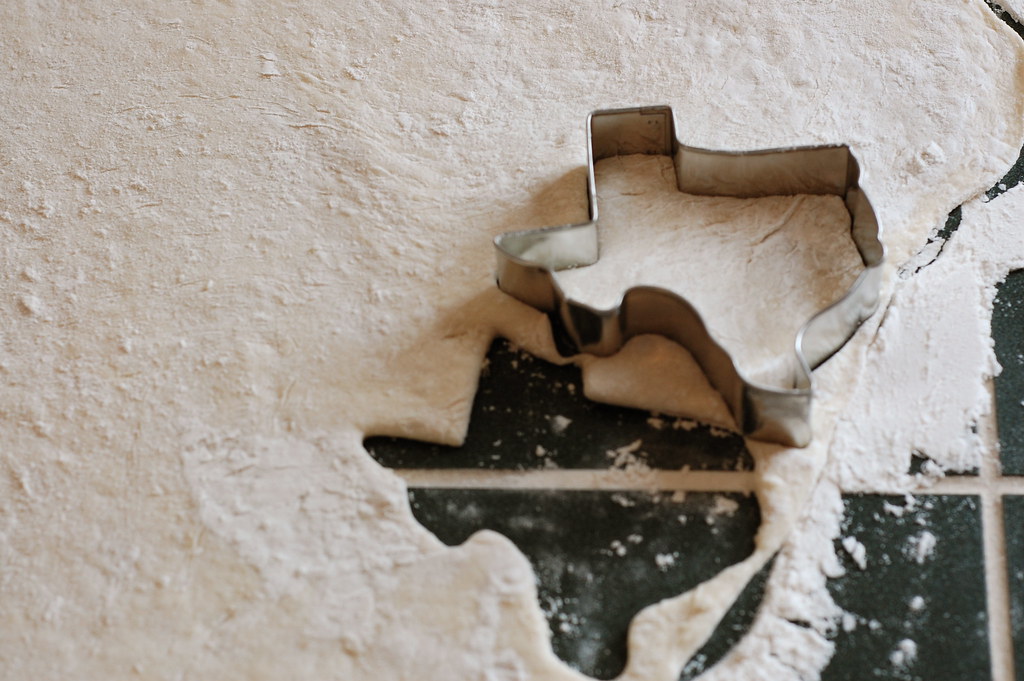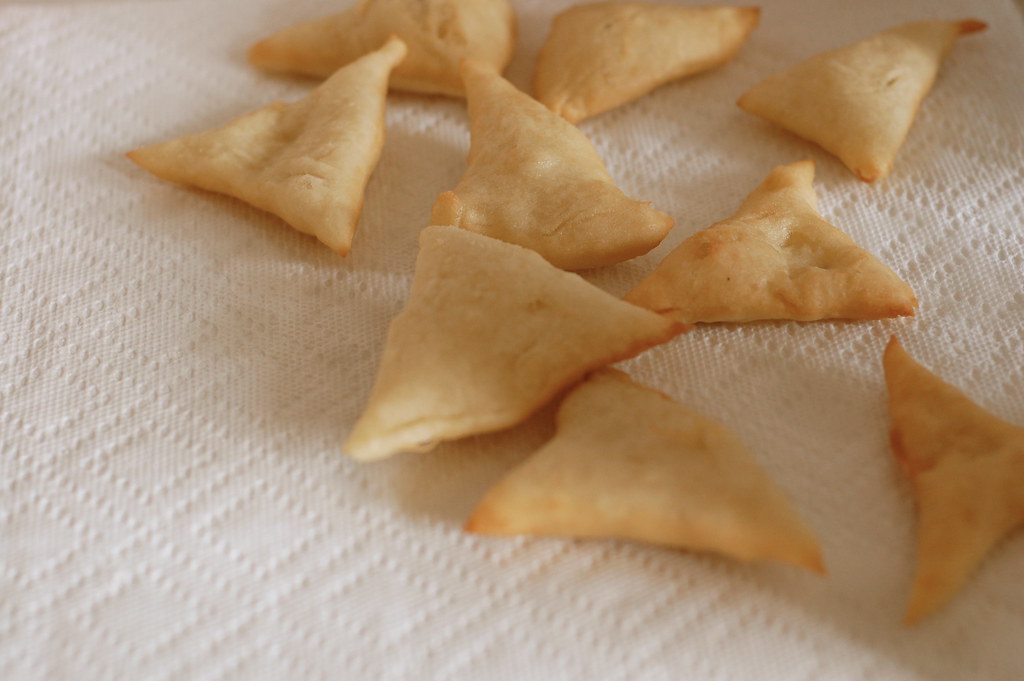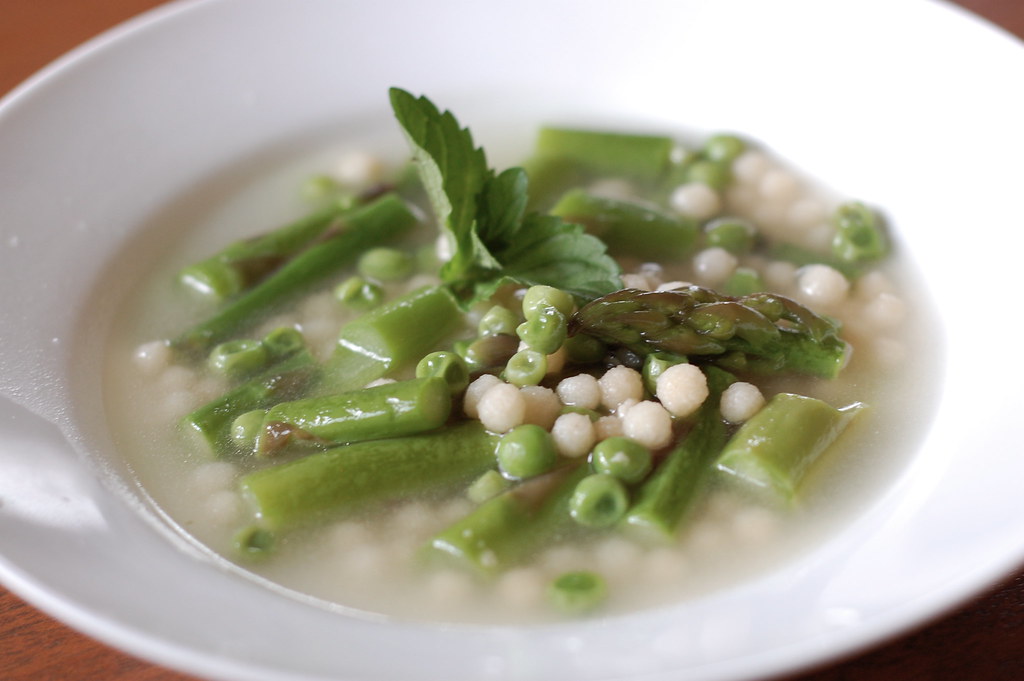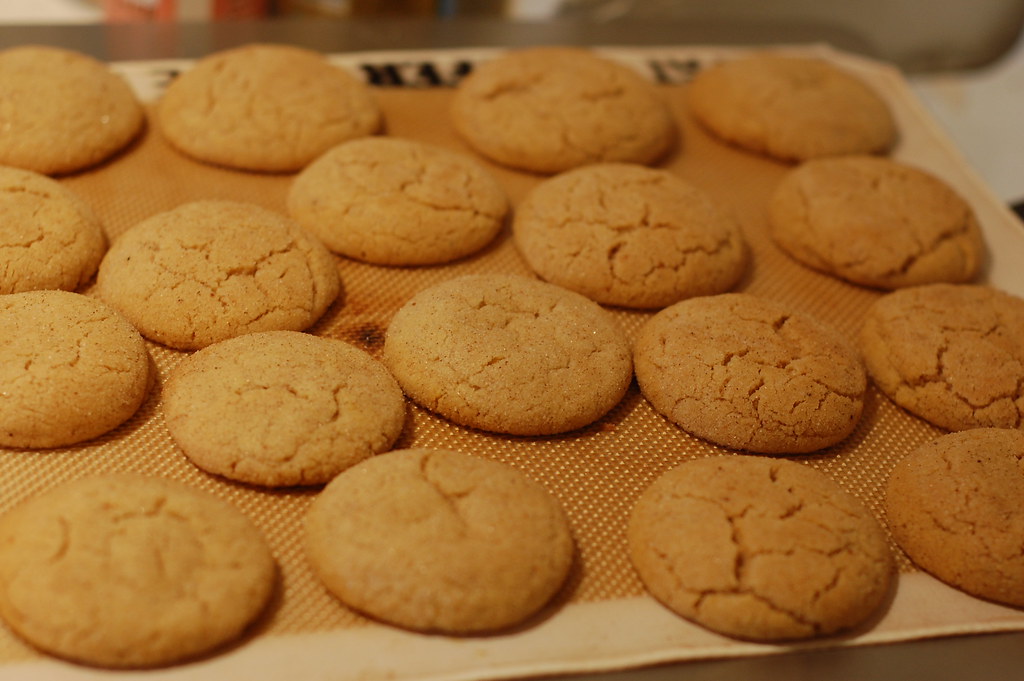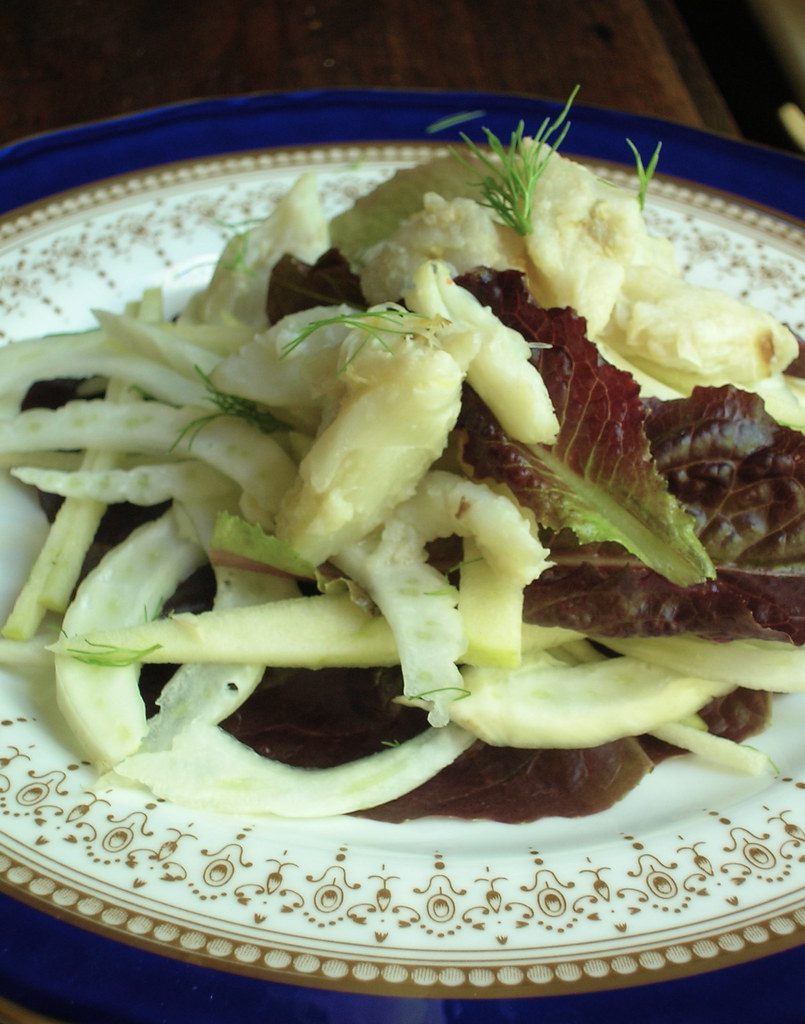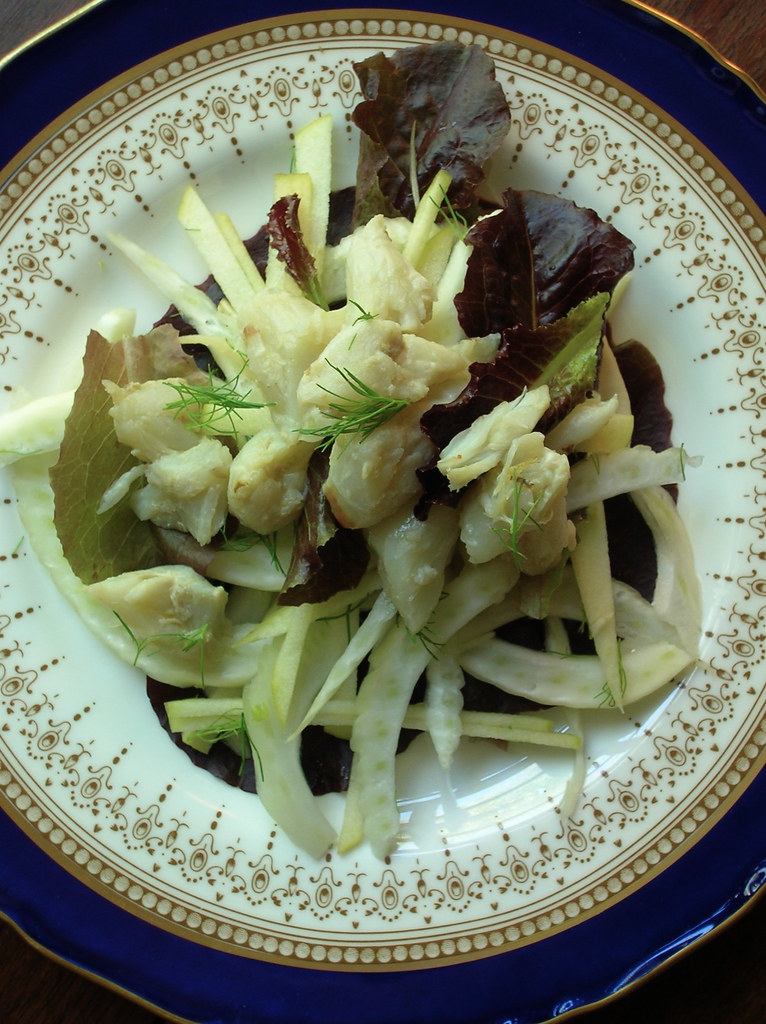 Ask any ex-pat living in Syria (or Lebanon, Jordan, etc.) what they would miss the most about the Middle East and the answer will always be “the food.” We would gladly leave behind the dusty weather or the irreliable electricity, and though we may love our friends, it is the food and the culture around Middle Eastern food which will put that far-away dreamy look in our eyes.
Ask any ex-pat living in Syria (or Lebanon, Jordan, etc.) what they would miss the most about the Middle East and the answer will always be “the food.” We would gladly leave behind the dusty weather or the irreliable electricity, and though we may love our friends, it is the food and the culture around Middle Eastern food which will put that far-away dreamy look in our eyes.Ah, the food, we reminisce, but which foods? Immediately, the list-making begins: wonderfully smooth hummus, green lemony taboule, the freshest pita breads, salty cheeses, maqloubeh, and of course, the baklava. The baklava that we will cart boxes of back to our homes and the zaatar spices and rose jam we tuck into our suitcases. And just when we think we are all packed and ready to go, a friend will come by with a box of beautifully arranged dates, which we will cram into the last remaining centimeter of our carry-on, lest we starve on the long plane ride home.
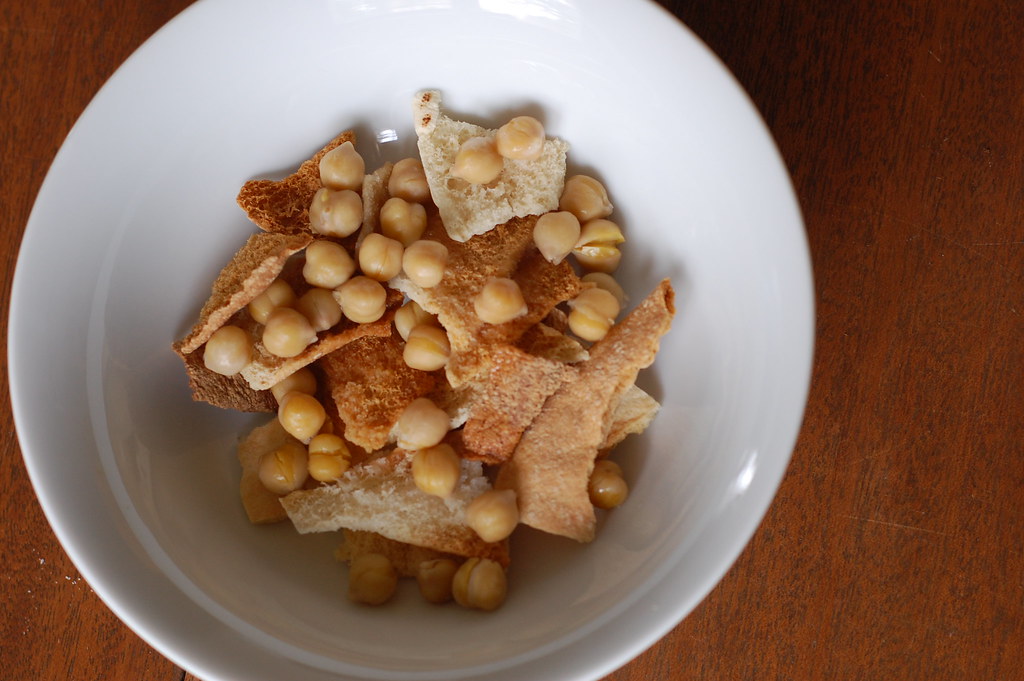

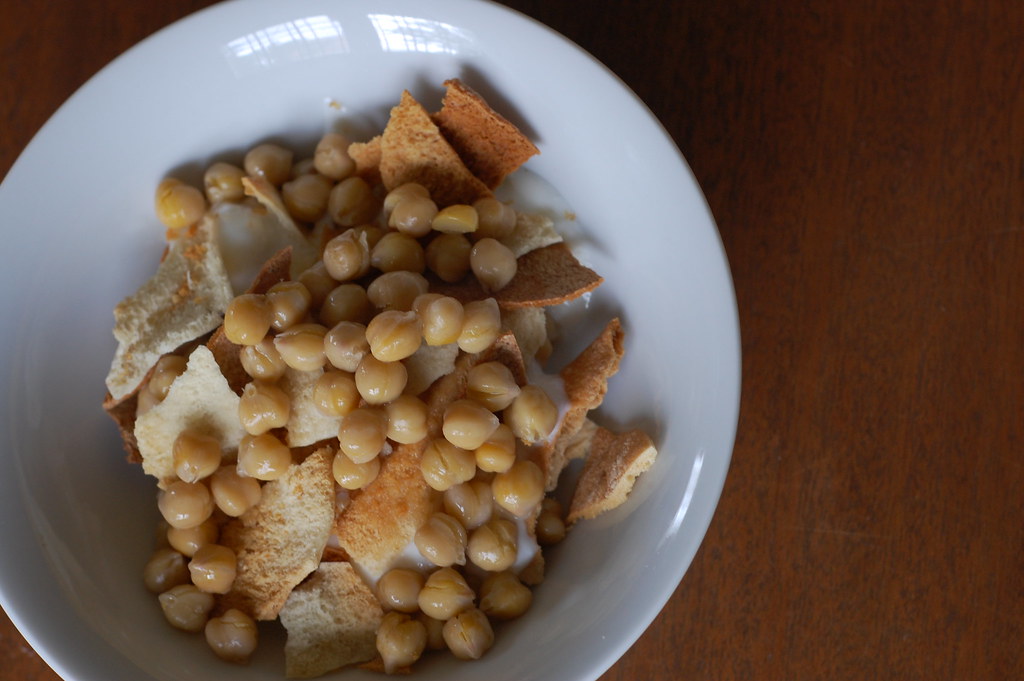

“What I’ll miss most is the stuff I just can’t get back home, like that greasy bowl of foul,” said my Brooklyn-born friend Alex, whose small frame belies a legendary appetite. Alex can regularly be found eating foul, a simple stew of brown fava beans drowned in oil and lemon juice, in the little eateries in Saahat Bab Touma. These are the kind of places with only three items on their menus, all variations on stewed beans. I like the Damascene specialty of beans in hummus sauce- hummus has been thinned and warmed to make a sauce for the foul beans, topped with a showering of the reddest tomatoes, to be scooped up with pita bread, with pickles and hot glasses of tea on the side.
It occurs to me that what we will miss is not just the food, but the culture of food. In a place where so much of the society revolves around cooking and eating, the food serves as our cultural anchor. It’s going to the market and bargaining for vegetables, it’s eating everything in season, tucking into the little hummus shop for a quick lunch or sitting for hours over tea.
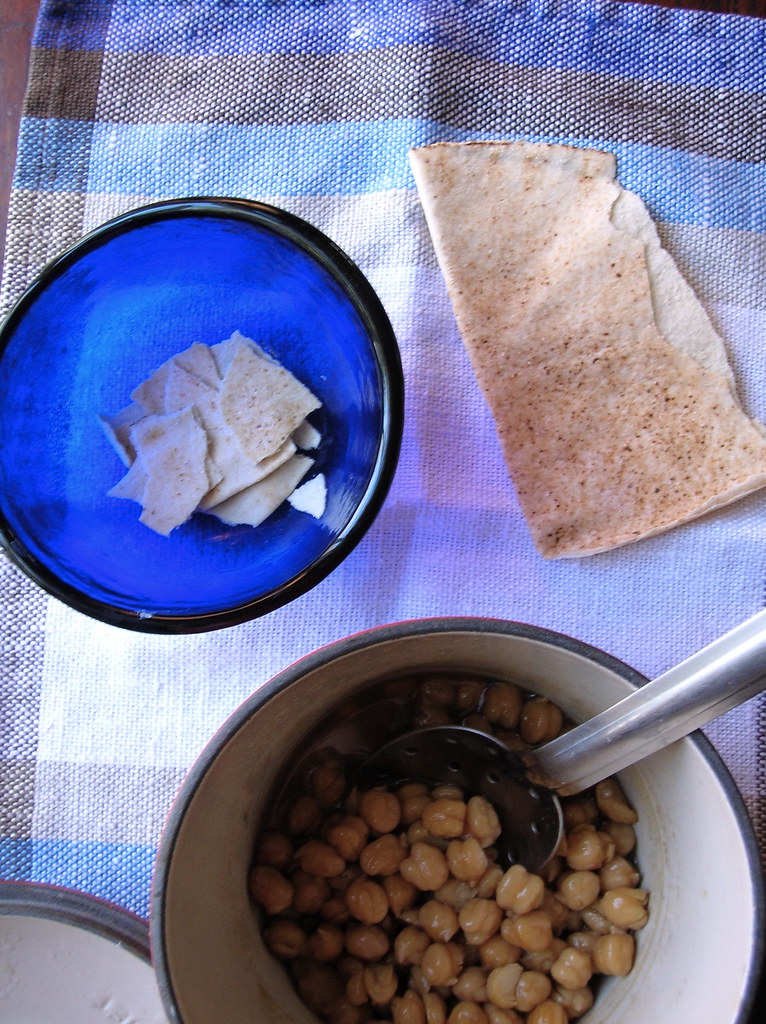

This is probably why I don’t make Middle Eastern food very often at home. Somehow, the same recipes, when prepared in a tiny New York apartment, just aren’t the same as the huge platters of beautifully arranged dishes, the hundreds of appetizers, the groups of friends. What I miss most is fetteh, a dish in which toasted pita bread and chickpeas are layered in a dish with a warm yogurt sauce to make a soft, thick stew. Served at breakfast or lunch, it is the ultimate comfort food and probably one of my all time favorite dishes. But what I really miss are the big glass bowls fetteh is served in, and Mahmoud standing over our office stove teaching me to make fetteh for the first time, and scooping it up with spoons with a group of good friends, the call to prayer and honking horns in the background. Sometimes I make it home for myself, but it won’t taste the same until I’m in the Middle East again.
There are as many versions of fetteh as there are cooks in the Middle East. Sometimes it's served in a wide flat tray, other times in deep glass bowls; some people fry the pita chips while others toast them; some add chicken, lamb, eggplant, and even rice. The simplest version, given below, always involves bread, yogurt, and chickpeas. Next time I'll give my recipe for one of my favorite versions of fetteh, and talk about the history of the dish, so stay tuned.

Fetteh (Chickpea, Yogurt, and Bread Casserole)
Fetteh is traditionally topped with a big slick of pine nuts sauteed in clarified butter, or with a douse of olive oil. However, the person who taught me to make fetteh often topped it with a huge showering of chopped tomatoes and parsley, and I prefer this slightly healthier version. Of course, if you cook the chickpeas from scratch all the better. Makes two-individual size bowls.
1 large thin pita bread
1 clove garlic
a squeeze of fresh lemon juice
12 ounces plain good quality plain yogurt, full fat or 2%, not fat free, at room temperature
1 can chickpeas
pinch of cumin
chopped tomatoes and parsley, for serving
1. Preheat oven to 450 F. Seperate the pita bread in half and toast in the oven until golden brown and toasted, but not burned. Set aside until cool enough to handle, then break into bite-size pieces.
2. Meanwhile, empty chickpeas into a saucepan with their liquid and bring to a simmer. Cook chickpeas until completely tender- most canned chickpeas are too firm and I find they take about 15-20 minutes of simmering before they are tender enough to smush easily between your fingers.
3. Place yogurt in a bowl. Crush garlic in a mortar and pestle or press garlic through a garlic press. Add the garlic to the yogurt along with a pinch of salt and a squeeze of lemon juice. Stir to combine. If your yogurt is on the thick side, add a touch of water to make your yogurt pourable consistency.
4. Divide half the crumbled pita between two individual-size bowls. Spoon half the chickpeas over the pita pieces, allowing a little of the warm chickpea liquid to soak the bread pieces. Pour half the yogurt mixture over the bread and chickpeas, sprinkle with a pinch of cumin. Repeat the layering in the bowls: bread, chickpeas, yogurt, pinch of cumin. Top with chopped tomatoes and parsley (or sauteed pine nuts, if you prefer). Serve immediately.

